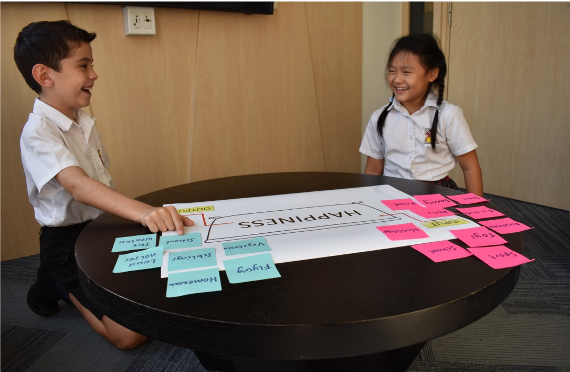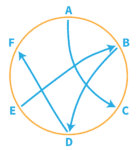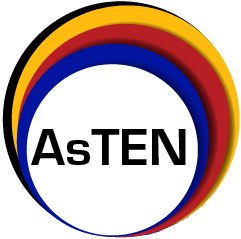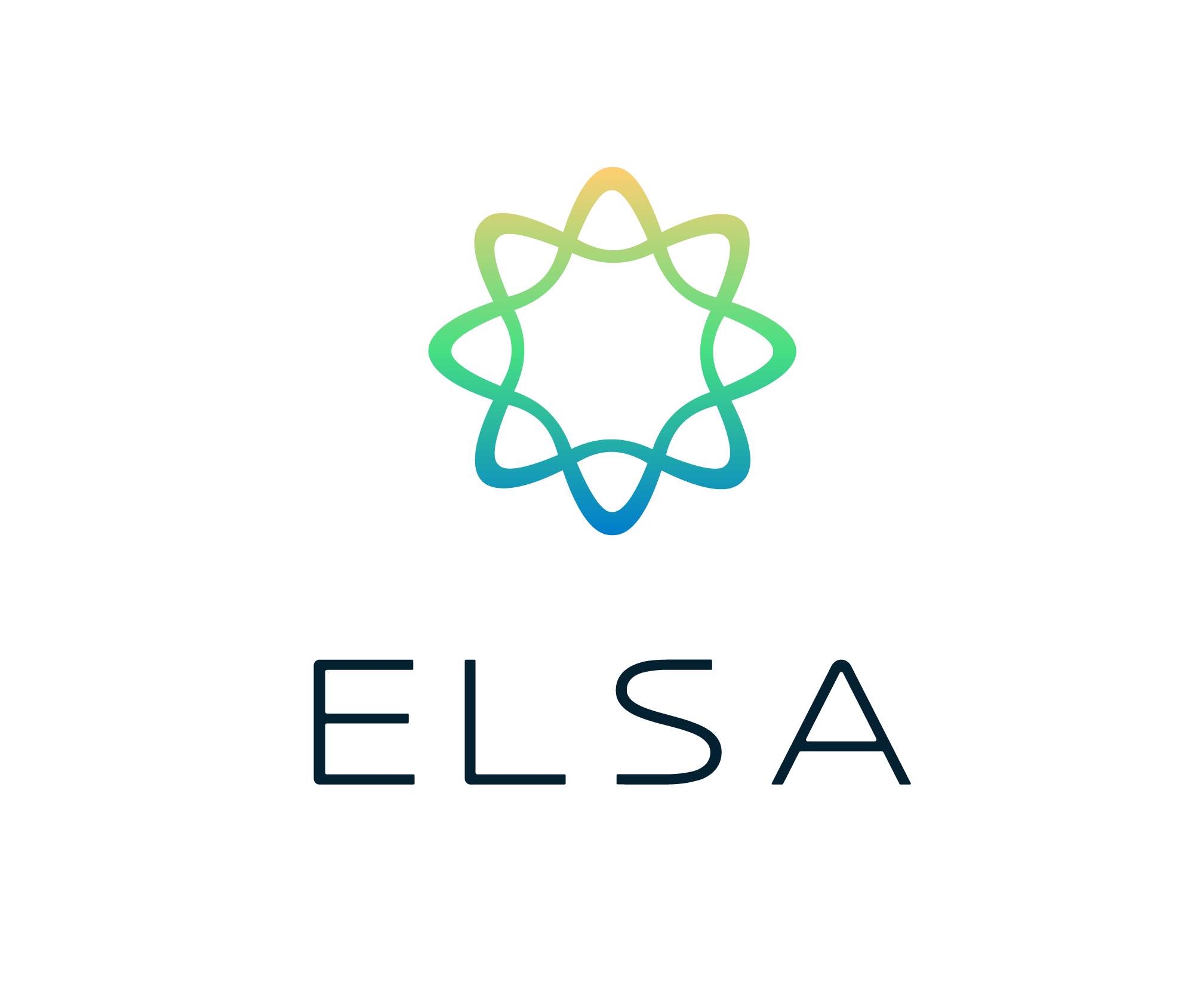In this article Dulwich College (Singapore) explain how their focus on community wellbeing won them the ISC Research Ethical Values Education Award 2020.
Written by Jacob Martin, Dulwich College (Singapore)
At Dulwich College (Singapore) we are working to transform our support of student and staff wellbeing, one aspect of work in this area is our implementation of the compassionate systems framework an approach to teaching and learning which looks to support the wellbeing and mental health of students as well as giving them deep thinking skills which will serve them well in their adult lives. The compassionate systems framework is an educational reform project led by researchers from the Massachusetts Institute of Technology (M.I.T) in Boston. We are pioneering this approach in Singapore at our College.
There is now a wide range of research arguing that education must address emotional intelligences such as compassion, empathy and kindness because these lead to greater individual resilience and social responsibility. The development of such human skills is seen to enhance children’s ability to navigate the uncertainties of our rapidly changing world in ways that can remain purposeful. The compassionate systems framework offers one approach to this aspect of a Worldwise education.
“It is often easier to name the economic, social, and ecological crisis we face than deal with the emotions that block us from addressing them – the confusion, fear, anger, denial, and, ultimately, disengagement. We belief that many of the roots of these challenges lie in the education system that neither helps students understand the systemic causes of these problems nor develops the emotional maturity to face them productively” – Patti, Senge, Madrazo, Stern 2015
Students around the world who have been part of this approach have described how the tools helped them come to terms with big societal issues and feel empowered to act productively. Students are very positive that it lowers their stress levels and helps them help each other.

This framework it is a way of connecting the community across schools so that they can share and interact perhaps more than they do at the moment. In essence, it is a kindness movement with thinking tools that promote greater levels of reflectiveness and a deeper understanding of how who we are and what we do is interconnected. Our aim is that by raising such self-awareness we become kinder, present and more centred individuals and communities as do our students who experience these approaches to their learning in the classroom.
This type of deep cultural change takes considerable time in an institution and we are at the beginning of that journey which we believe is part of what takes our College from good to great.
Two of the compassionate systems thinking tools we have used during the past few weeks are the ‘stock and flow diagram’ and the ‘connection circle’. These two tools are explained a little below to give you some idea how they work in our classrooms.
Stock and Flow Diagrams

Description of the tool
- A stock is something that can accumulate or can be used up.
- A flow is something which makes the quantity of a stock increase or reduce.
- This diagram links together the stock and the flows and allows students to predict and understand the effects of changes to the stock.
- ‘Stock’ can be tangible (physical item, water) or intangible (time, empathy).
What does this tool do?
- Allows students to identify and link together a number of factors that are relevant to a question or problem
- Encourages ‘big picture thinking’
- Allows students to change the flows in their predicted models and gain a deeper understanding of the complex question being asked.
- Develops non-verbal communication skills by allowing a graphical representation of a complex relationship.
- Expands student’s awareness of connections within systems.
How is compassionate thinking/international mindedness developed?
- Encourages students to think more critically about the connections and impacts of the many flows into and out of a system.
- It allows students to be open-minded and to think about and take into consideration other opinions, feelings, perspectives, predicaments and conditions before understanding a situation and making a conclusion.
- It prepares students to value others and make informed decisions.
- Provides opportunities to develop empathy and think deeply and compassionately about the question being discussed or the problem being studied.
- Once students have looked at a simple local example of stock and flow, they can apply the same concept as a lens to view multiple international issues.
A simple example: The water system:
Water as a natural resource can be depleted, preserved or increased.
What creates inflow? Rain or transported water
Water can be positively accumulated by storage (reservoir) or negatively by flooding.
What causes outflow? Usage (personal / industry), leakage, evaporation.
Why is a balanced system preferred? Flooding / drought.
The Connection Circle

- A graphic organiser, which shows connections between different factors or elements of a complex system.
- The arrows within the circle identify cause and effect relationships
- Tool can be developed to include feedback loops and other more complex relationships.
What does this tool do?
- Allows students to identify and link together a number of factors that are relevant to a question or problem, expanding their awareness of connections within systems.
- Enables students to understand how making one change can have widespread and unexpected impact.
- Supports students to identify causal loops
- Allows students to change the factors in their predicted models and gain a deeper understanding of the complex question being asked
- Develops non-verbal communication skills by allowing a graphical representation of a complex relationship.
- The tool often leads to unexpected links being formed which can identify key factors which influence the entire system.
How is compassionate thinking/international mindedness developed?
- Enables students to be open-minded through understanding multiple perspectives and contexts that are relevant to a real-life problem.
- Encourages students to think more critically about the connections and impacts of the many elements.
- Through understanding the connections between different elements in a system, students are able to understand why people may make decisions different to their own.
- By understanding the intended and unintended impact of their own and others actions, students think more compassionately about the choices they make.
- It helps students enrich the connections among opinions, experiences and actions.
- Using the connections diagram, students learn how to become/be compassionate listeners and team members.
- The graphic organizer helps students map their opinion in the context of what others think, how they act and what they do.
- It helps students probe their opinions by considering the connections among perspectives, problems and solutions.
- It helps students develop and maintain a level of growth mindset, adaptability and agility.
I hope this introduction to our programme has been of interest to you. If you would like to investigate it further please don’t hesitate to contact me at [email protected].

Jacob Martin is the Assistant Head of College at Dulwich College (Singapore) where he is focused on developing innovative pedagogical practices and ensuring consistency and continuity of the College programme in all areas. His international teaching career began in Hong Kong, where he was Head of Science and Vice Principal as well as roles as MYP and DP coordinator. During his time there Jacob was particularly involved in developing inclusion and new pathways for students through more innovative curriculum routes, something he is still passionate about. After a decade in Hong Kong Jacob moved back to Europe working at Vienna International School; as the Diploma Programme Coordinator and one of the academic leaders of the senior school. He also taught Theory of Knowledge. Five years ago, he moved to Switzerland and was at the International School of Zug and Luzern as the Director of Teaching and Learning. Whilst in Switzerland Jacob was particularly focussed on developing teacher-centred PD models, first language programmes, building whole school curriculum alignment, skills curriculum articulation and also again innovative programme routes and pathways for all students. Jacob is on the organising Board of a global well-being project called the ‘Compassionate Systems Framework’ in collaboration with MIT in Boston.
.png?ext=.png)







.png?ext=.png)




.png?ext=.png)



.png?ext=.png)







.png?ext=.png)

.png?ext=.png)

.png?ext=.png)



-4000px-(2).png?ext=.png)




